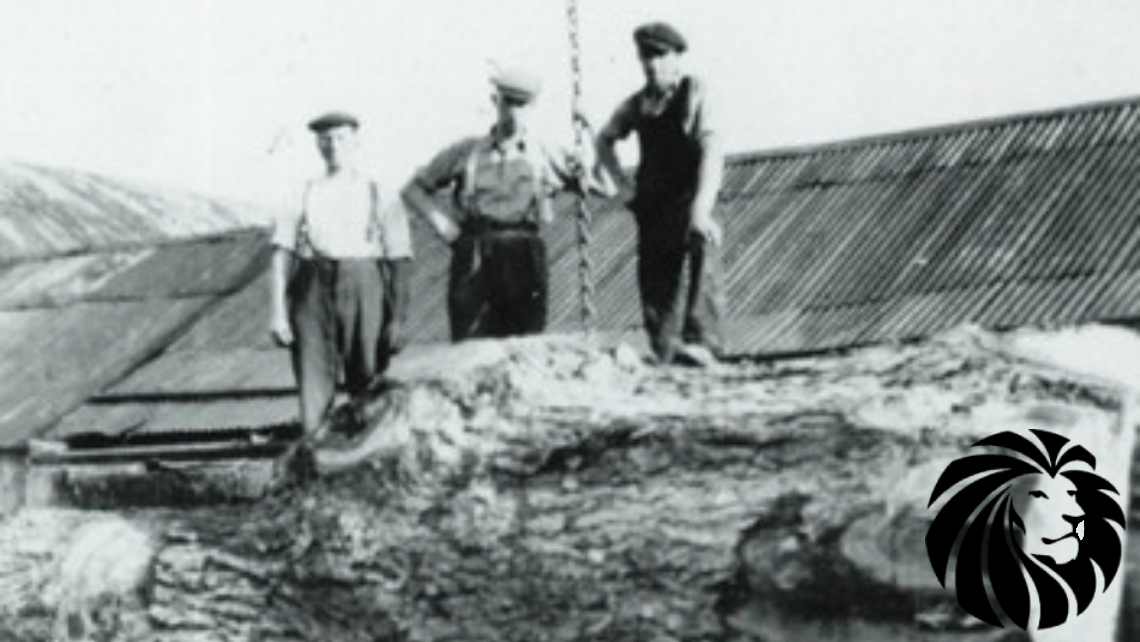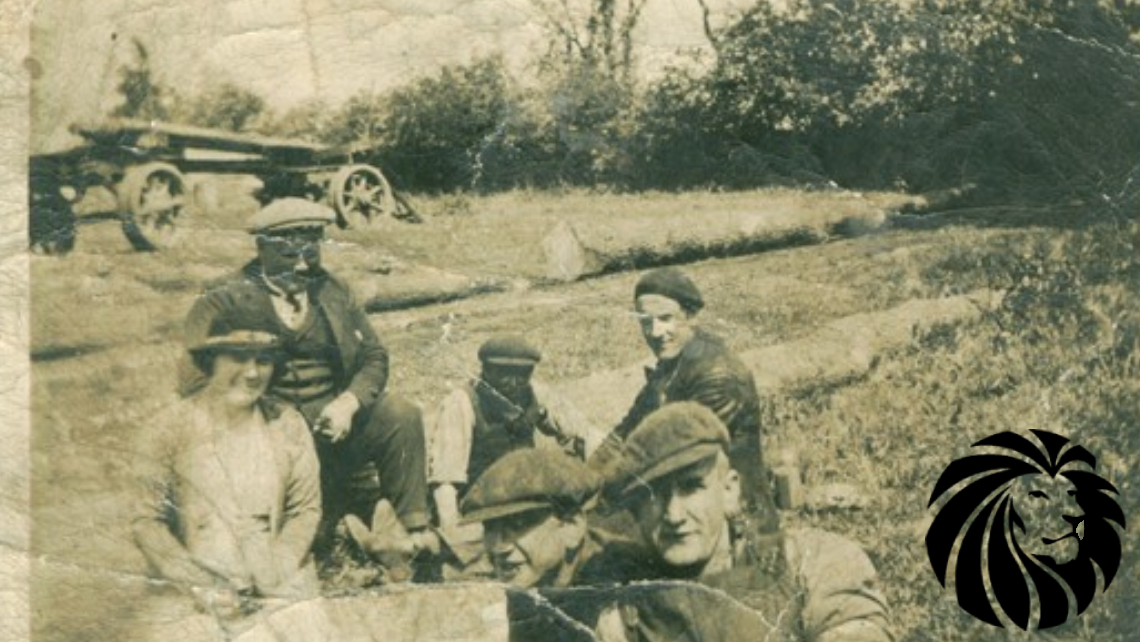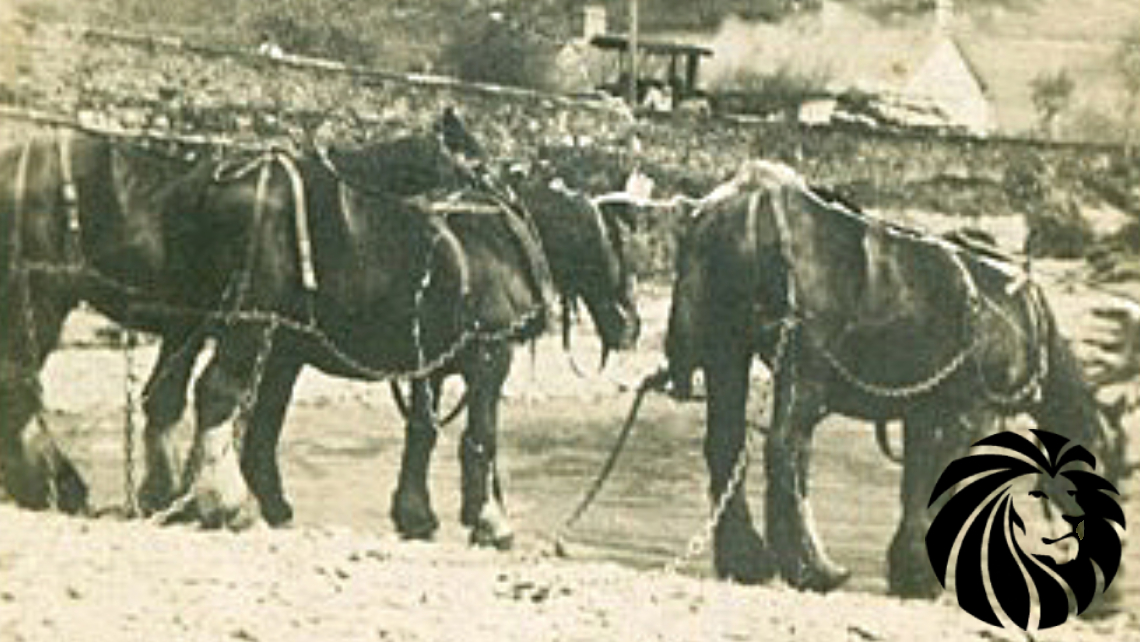The History of Lionheart
Heritage as Wheelwrights
The Brookes family were famous Wheelwrights in the 1700’s and the business was established in the Forest of Dean and in Hereford. Everybody from the gentry to merchants used their cart wheels. Farmers especially depended on them. If you were a farmer in eighteenth-century you couldn't operate without a vehicle and that vehicle was the cart.
Given that almost everybody needed carts and thousands were in use, wheelwrights were as vital in their time as auto mechanics are in ours. They cut, shaped, and joined wood to make wheels that stood up to rough roads and rougher fields. Hub, spokes, and rim were wood. An iron tire usually circled the rim's exterior. Cart wheels were "dished," or bowed out, from the cart to reduce the strain on the wheels caused by the swaying walk of the pulling horses. Wheelwrights also built and repaired carts. Cart design and construction were simple. Production required basically the same tools and techniques as did wheel making. Carts took two basic forms—those with stationary cargo beds, and dump carts. Carts varied by region and were built for local conditions.
A wheelwright is a person who builds or repairs wooden wheels. The word is the combination of "wheel" and the archaic word "wright", which comes from the Old English word "wryhta", meaning a worker or maker.
Like furniture making and the wheelwright's trade, the early Brookes craftsmen required woodworking skills and a strong knowledge of wood, understanding its limitations and its potential. Joinery skills were important for making riding chairs that were comfortable, strong, and reliable. The old Brookes wheelwright shop was large, airy, and bright. Shavings littered the floor. Hanging on the walls were saws, clamps, files, chisels, and patterns for felloes, the curved portions of a wheel rim. Craftsman also needed high quality woodworking abilities. Perhaps the most important was the ability to do quality mortise-and-tenon work. This involved cutting a cavity—a mortise—in one piece of wood and shaping another component—a tenon—to fit snugly in the cavity. That's how spokes are secured in the hub and the rim.
With these skills, an apprentice learned to make a wheel. Production was straightforward. Workers prepared the wood, then fashioned parts. Spokes typically were made of oak, felloes of ash, and hubs of elm. Elm made strong hubs because its grains ran horizontally and vertically. It was as a consequence of being involved in this old Carpentry Trade that the Brookes family progressed and moved into the Timber business. It is also where, many generations ago, that the tools of the current trade were mastered.


